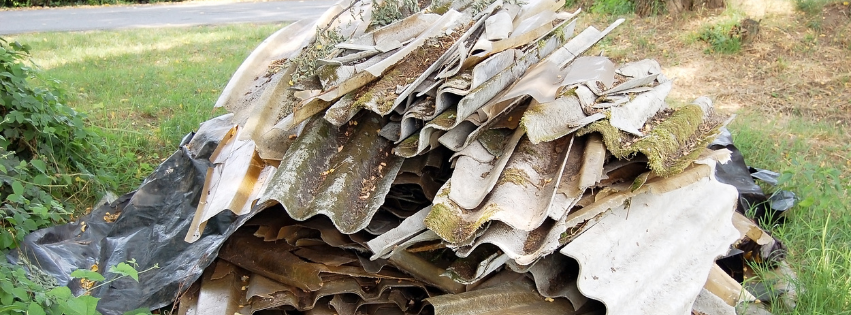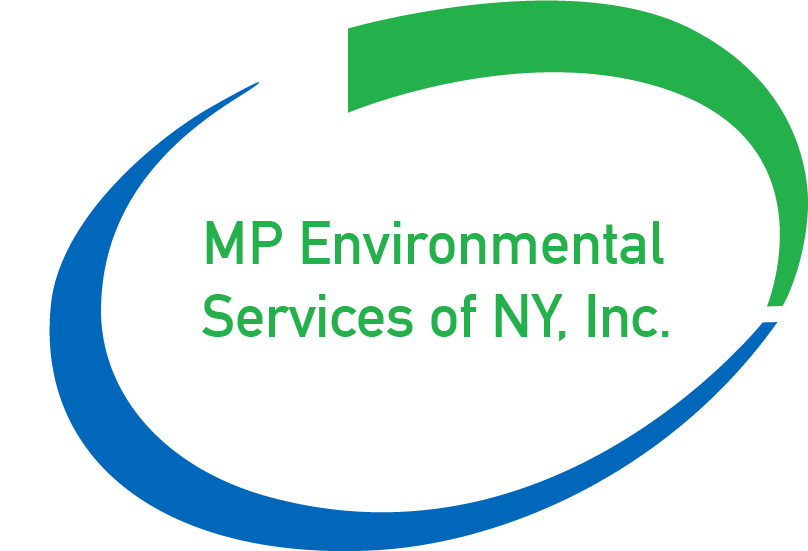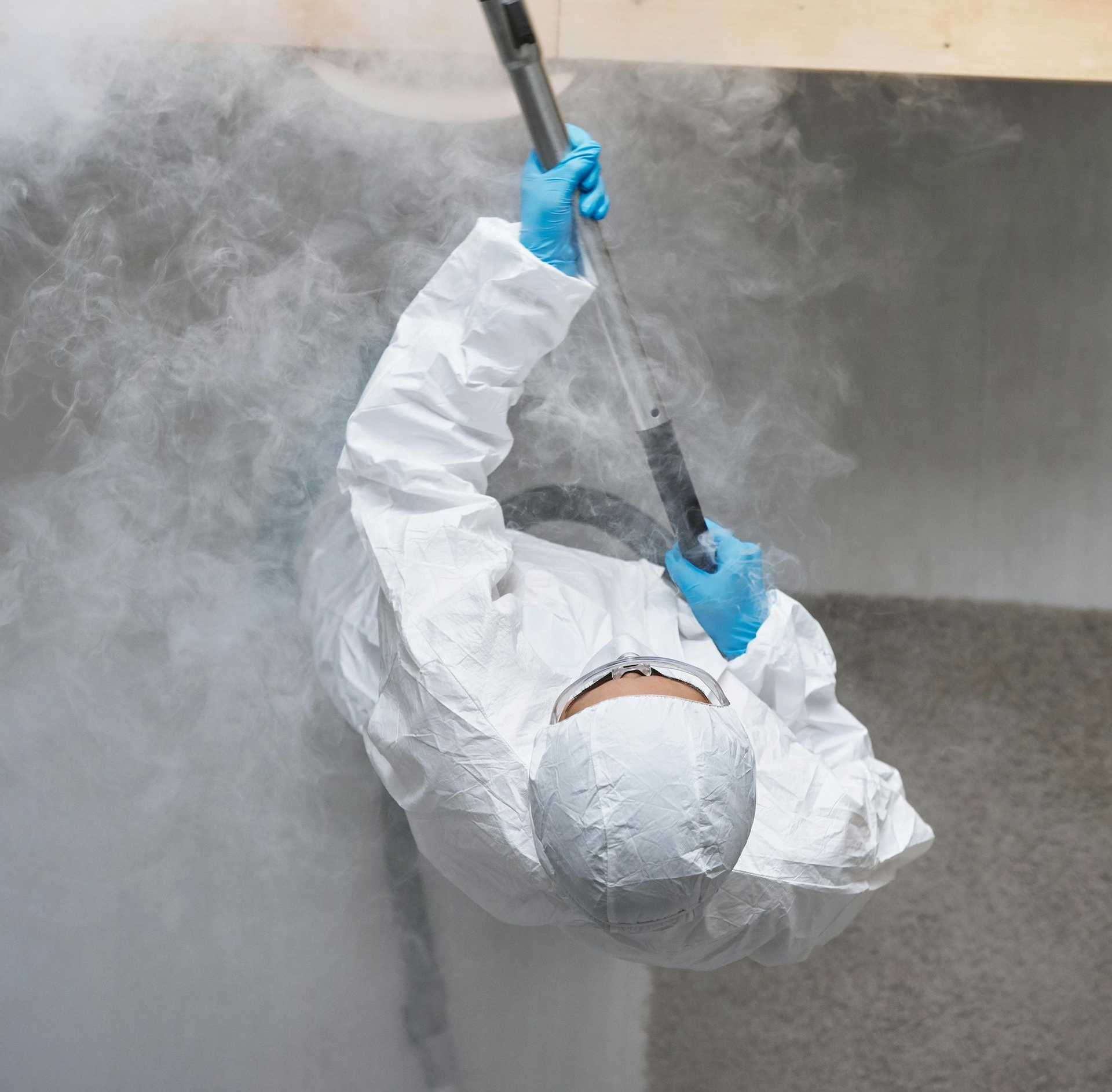The Importance of Proper Asbestos Removal Procedures

Safeguarding Health:
Why Proper Asbestos Removal is Essential
Asbestos, once hailed for its fire-resistant and insulating properties, is now infamous for its severe health risks. Despite being banned in many countries, asbestos is still present in numerous older buildings and structures. Proper asbestos removal procedures are crucial to safeguarding public health and preventing hazardous exposure. This blog delves into the significance of meticulous asbestos abatement and the steps involved in ensuring safe removal.
Health Risks Associated With Asbestos
Asbestos exposure poses serious health risks. When asbestos-containing materials (ACMs) are disturbed, they release fine fibers into the air. Inhalation of these fibers can lead to severe respiratory diseases, including asbestosis, lung cancer, and mesothelioma, a rare but aggressive cancer affecting the lining of the lungs and other organs. These diseases often develop decades after initial exposure, underscoring the long-term dangers of asbestos.
Importance of Professional Asbestos Removal
The complexity and danger associated with asbestos removal necessitate professional intervention. Certified asbestos abatement professionals are trained to handle ACMs safely, minimizing the risk of fiber release and exposure. They follow strict regulations and guidelines to ensure the removal process is conducted safely and effectively.
Proper Asbestos Removal Procedures
- Initial Inspection and Assessment: A thorough inspection by a certified asbestos inspector is the first step. This assessment identifies the presence and condition of ACMs in the building. Samples may be collected for laboratory analysis to confirm asbestos content.
- Development of an Abatement Plan: Based on the inspection results, a detailed abatement plan is created. This plan outlines the removal strategy, safety protocols, necessary equipment, and disposal methods. It ensures compliance with local, state, and federal regulations.
- Containment and Preparation: Before removal begins, the work area is sealed off to prevent asbestos fibers from spreading. Negative air pressure units and HEPA filters are used to maintain a controlled environment. Workers wear protective clothing and respirators to minimize exposure.
- Safe Removal and Disposal: ACMs are carefully removed using specialized tools and techniques. Wet methods are often employed to suppress dust and fiber release. The removed materials are securely bagged and labeled for disposal. Asbestos waste is transported to designated disposal facilities following strict guidelines.
- Final Cleaning and Air Testing: After removal, the work area undergoes meticulous cleaning using HEPA vacuums and wet wiping. Air quality testing is conducted to ensure no residual asbestos fibers remain. Clearance is only granted when air samples meet safety standards.
Proper asbestos removal procedures are vital to protecting public health and ensuring the safety of environments where asbestos is present. By engaging certified professionals and adhering to strict regulations, the risks associated with asbestos exposure can be effectively mitigated. Remember, asbestos abatement is not a DIY project; it requires expertise, precision, and adherence to safety protocols to prevent the harmful consequences of asbestos exposure.





